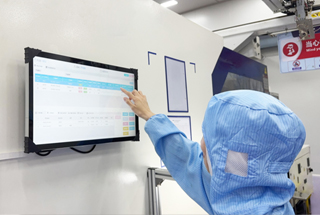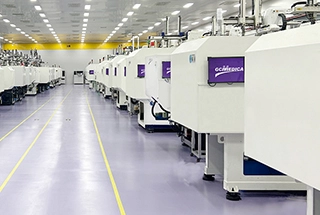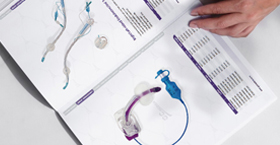Pressure sleeves for intravenous (IV) bags are devices designed to maintain and regulate fluid flow rates during infusion therapy. By applying consistent external pressure around the IV bag, these sleeves compensate for changes in gravity, patient position, and hydrostatic pressure, ensuring a steady infusion rate. They are especially valuable in situations where precise fluid delivery is critical, such as pediatric care, chemotherapy administration, and critical care units. Pressure sleeves can be pneumatic, elastic, or mechanically driven, and are compatible with a wide range of standard IV bag sizes.
Design and Materials
Pressure sleeves are typically constructed from medical-grade, biocompatible materials, including silicone, polyurethane, and reinforced nylon fabrics. The inner lining is often smooth to minimize friction against the IV bag surface, while the outer layer provides durability and resistance to puncture. Some models incorporate transparent windows for visual verification of fluid volume, and integrated valves or switches to adjust pressure settings. The sleeves are lightweight, reusable after sterilization, and portable for use in both hospital and field settings.
Mechanism of Action
The core principle behind a pressure sleeve is the application of uniform circumferential pressure around the soft-walled IV bag. In pneumatic sleeves, compressed air inflates an internal bladder to a preset pressure, monitored by an integrated manometer. Elastic sleeves rely on the tension of stretchable fabrics to exert consistent force. Mechanical sleeves use spring-loaded or ratchet-based systems to clamp around the bag. Regardless of the type, the controlled external pressure increases the internal bag pressure above venous pressure, driving fluid through the tubing at a regulated rate without relying solely on gravity.
Clinical Applications and Benefits
Pressure sleeves are widely employed in various clinical scenarios:
Pediatric and Neonatal Care: Precise low-volume infusions reduce the risk of fluid overload.
Emergency and Field Medicine: Portable sleeves facilitate rapid fluid resuscitation in pre-hospital settings.
Anesthesia and Surgery: Stable infusion rates are essential for anesthetic drugs and blood products.
Oncology and Chemotherapy: Accurate delivery of cytotoxic agents minimizes dosing errors and side effects.
Additional benefits include reduced risk of infiltration and phlebitis, decreased need for manual flow checks, and improved patient mobility, since the sleeve can compensate for positional changes without interrupting therapy.
Technical Specifications Table
| Feature | Specification |
|---|---|
| Compatible IV Bag Volume | 50 mL–2,000 mL |
| Pressure Range | 50–300 mmHg |
| Pressure Adjustment Mechanism | Pneumatic dial, elastic tension, mechanical ratchet |
| Material | Medical-grade silicone, nylon, polyurethane |
| Weight (empty) | 150–300 g |
| Sterilization Method | Autoclave, chemical disinfectant, ethylene oxide |
| Reusability | Up to 100 cycles |
| Dimensions (flat) | 200 mm × 300 mm (adjustable) |
| Visibility Window | Yes |
Conclusion
Pressure sleeves for IV bags offer a reliable, efficient method to ensure consistent fluid delivery in diverse medical environments. Through thoughtful design and precise pressure control, they enhance patient safety, reduce nursing workload, and improve therapeutic outcomes. Whether in high-acuity hospital units or resource-limited field settings, the integration of a pressure sleeve into IV therapy protocols represents a significant advancement in infusion management.
Related Products


 Français
Français Español
Español Products
Products

 About Us
About Us











